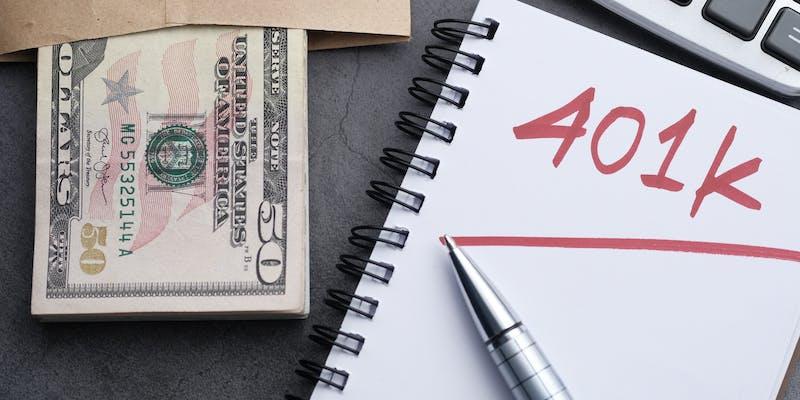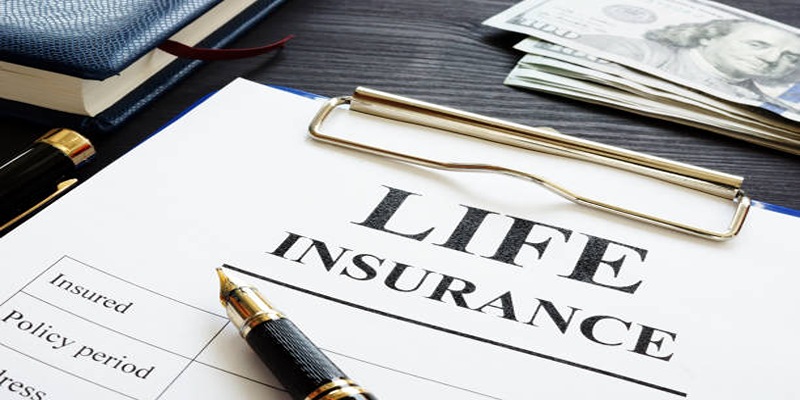Market fluctuations often prompt investors to seek out stability in their portfolios. They turn to risk-free assets as a refuge from the stormy markets. However, the trade-off for this safety is typically lower returns. These modest returns might not align with some investors' financial objectives.
Risk-Free Assets
Risk-free assets are investments with an almost certain future value and minimal potential for loss. U.S. government debt instruments, like bonds, notes, and Treasuries, are prime examples of such assets. These are no longer gold-backed but are supported by the United States' solid financial commitment.
In most cases, investors shift their funds to safe investment instruments during challenging economic conditions. For instance, many domestic and foreign investors tend to rely on U.S. Treasury bills, viewed as highly safe investments during tough economic times.
Other risk-free assets examples include:
- Treasury Inflation-Protected Securities (TIPS)
- Checking accounts
- Savings accounts
- Money market accounts
- Certificates of deposit (CDs)
Annuities, municipal bonds, and money market funds are low-risk investments. These have greater rewards but more risk than risk-free investments. Their value is typically stable, but unlike risk-free assets, their value preservation isn't guaranteed.
How Does a Risk-Free Asset Work?

The concept of a risk-free asset varies among investors. Such is referred to as Treasury bonds in the United States. Yet, perceptions differ: for example, some may regard a one-month bill as a risk-free security but go on and call even five- or ten-year bonds a safe investment.
Globally, the notion of risk-free asset types can differ significantly. In some countries, government bonds may not be considered risk-free, especially if there's a heightened risk of default. Thus, what constitutes a risk-free asset can be somewhat subjective.
Despite these variances, market participants widely acknowledge U.S. Treasury bonds as risk-free. They often serve as a benchmark for comparing other investments. For example, the risk and return of a five-year corporate bond might be evaluated against a five-year Treasury bond, helping investors assess whether the corporate bond's higher interest rate justifies its increased risk.
This concept extends to equities as well. Consider an investment manager delivering a 3% annual return from stock mutual funds over several years. If, in contrast, a portfolio of U.S. Treasurys could have yielded 2% per year, the investor might reevaluate their choices. Given their higher risk, the minimal extra return from the stock mutual funds may lead the investor to prefer the stability of risk-free assets or to seek a different asset manager whose performance better compensates for the risk involved.
Advantages and Drawbacks of Risk-Free Assets
Risk-free assets come with their advantages and drawbacks that investors need to consider.
Advantages of Risk-Free Assets
- Market Loss Protection: Investing in risk-free assets shields your portfolio from the volatility and potential losses associated with stocks and other riskier investments. This can be particularly valuable in safeguarding your savings during economic downturns.
- Guaranteed Returns: These assets typically offer predetermined returns. Investors usually receive advance notice if there are changes in future rates, providing a degree of predictability.
- No Default Risk: With risk-free investments, there's a high certainty that the invested capital will be available when needed. This contrasts stocks and other higher-risk assets, where there's no guarantee of preserving the initial investment.
Drawbacks of Risk-Free Assets
- Market Timing Challenges: Exiting and re-entering the market involves making two critical decisions: when to sell and when to buy back. Nailing both decisions is often challenging.
- Lower Returns: The trade-off for reduced risk is typically lower returns. Risk-free investments usually offer some of the smallest returns compared to other investments.
- Liquidity Constraints: Risk-free investments might lock your money for a set period. For instance, CDs, U.S. Treasuries, and TIPS often have penalties for early withdrawal.
- Inflation Impact: Risk-free assets provide short-term safety, but their value can be eroded over time due to inflation. Balancing your portfolio with assets that can outpace inflation is crucial, thereby maintaining your purchasing power in the long run.
Risk-Free Assets in Your Portfolio

Incorporating risk-free assets into a portfolio is a strategy many investors adopt. These assets are a buffer during market downturns, allowing them to acquire more shares in riskier investments when prices drop.
It's also prudent to allocate emergency fund savings to risk-free assets. The primary aim here is accessibility and capital preservation rather than pursuing high returns.
Retirees often benefit from keeping about one to two years' expenses in risk-free assets. This strategy creates a financial cushion, enabling them to draw on these funds for monthly expenses during market lows, thus avoiding the need to sell other assets when their value is reduced.
Strategies to Mitigate Risk in Your Portfolio
Financial advisors offer a range of strategies tailored to individual financial goals, risk tolerance, and investment timelines. For instance, services like SmartAsset can connect you with financial advisors to help you find the right approach. An initial consultation with these advisors, often free of charge, can assist in making an informed decision.
One commonly recommended strategy is diversification. By spreading investments across various sectors, investors can reduce potential losses and benefit from gains in different market areas. Tools like asset allocation calculators can provide portfolio examples based on your responses to specific financial questionnaires, guiding you in creating a well-rounded investment strategy.
Risk-Free Asset Mean for Individuals
Grasping the concept of a risk-free asset is vital for individual investors aiming to make savvy investment decisions. Balancing risk and return is a crucial aspect of investing. While exploring various investment options, it's worthwhile to consider how risk-free assets, such as Treasury bonds, compare in terms of returns and security. These assets often serve as benchmarks, aiding in evaluating other investment choices.
Treasury bonds can be an appealing alternative for those hesitant about stock market volatility but concerned about inflation eroding savings in bank accounts. They offer a balance between avoiding market risks and protecting against inflationary losses.
However, it's important to remember that the term "risk-free" is somewhat relative. Cash, typically seen as the most liquid and safe asset, is not entirely risk-free. Inflation can diminish its purchasing power over time. Similarly, while considered secure, investments in Treasury bonds may not always keep pace with inflation. Therefore, it's essential to approach the concept of risk-free assets with a nuanced understanding of their limitations and the broader economic context.




